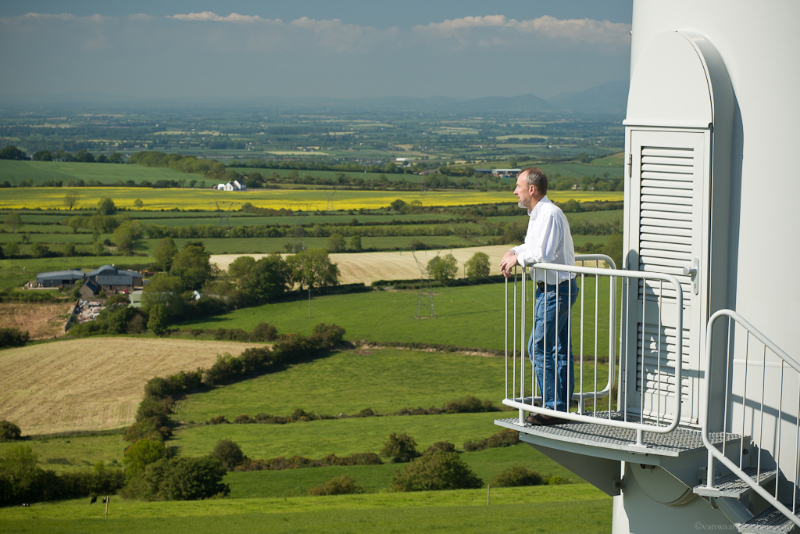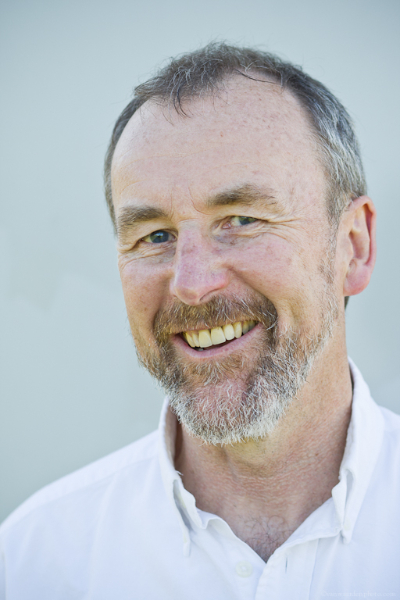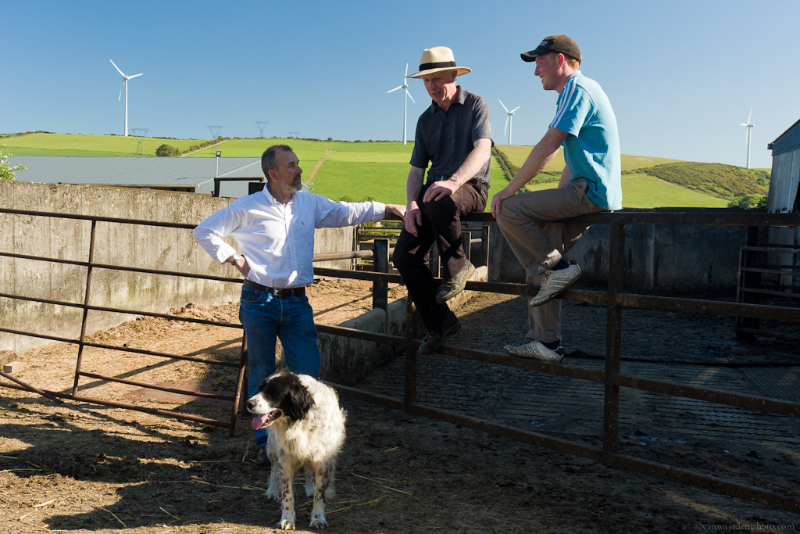 Erich Enikl works in the Moschkogel alpine wind farm in Styria, Austria in turbine maintenance. Today, as part of the Global Wind Day “wind energy stories” series, he tells us about his passion for wind energy.
Erich Enikl works in the Moschkogel alpine wind farm in Styria, Austria in turbine maintenance. Today, as part of the Global Wind Day “wind energy stories” series, he tells us about his passion for wind energy.
When did you first become passionate about wind energy?
My first encounter with a – very small – wind turbine was in 1988, but it wasn’t until 2005/6 that, with the installation of the wind farm on the Moschkogel mountain, wind energy took off for me. I did not miss a single step of the installation – from road building, to the production of the foundations, to the cabling. The fascination for me was how much one could achieve with these big turbines with sophisticated technology. The wind park is situated at an altitude of 1,500 metres in the mountains and is accessible only by very steep roads. The five Enercon turbines were installed in May and June 2006. After an incredibly long and hard winter, I needed four days to move the metre high snow from the roads. The technician then managed in a relatively short time to adjust the turbines to these extreme conditions.
How much sense does a wind park make in the mountains?
We are producing energy mainly in the winter months, when consumption is high. Heating, illuminating flats and towns, the operation of lifts for snow machines – all of this needs electricity. These few turbines can provide the entire yearly energy needs of the local system operator.
Was the natural environment affected by the wind farm?
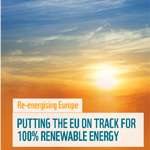 The European Union could achieve 100% renewable energy by 2050 “at the latest” if ambitious renewable energy targets for 203o are agreed, WWF has said in a new report.
The European Union could achieve 100% renewable energy by 2050 “at the latest” if ambitious renewable energy targets for 203o are agreed, WWF has said in a new report.
By 2030 the EU could be generating more than 40% of its energy from renewable sources, said the report, Re-energising Europe: Putting the EU on Track for 100% Renewable Energy.
Based on research by Ecofys, the report provides policy makers dealing with the continued economic crisis a strong reminder that investing in wind power and other renewables while also agreeing to binding targets until 2030 makes good fiscal and environmental sense.
“Europe has significant untapped potential for cutting energy use and maximising indigenous power sources that could deliver cheaper and more secure energy,” said the report, which called renewable energy a beacon of hope.
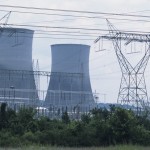 An interesting story was posted on the Guardian yesterday, saying that the UK government needs a “plan B” on nuclear power because of the danger that new reactors will not be built in time to avoid energy shortages.
An interesting story was posted on the Guardian yesterday, saying that the UK government needs a “plan B” on nuclear power because of the danger that new reactors will not be built in time to avoid energy shortages.
Many of the UK’s ageing reactors will be decommissioned and there is no clear strategy for their replacement, the paper says.
“The ambitions of the UK’s nuclear industry have been dealt significant blows in recent months: the Horizon consortium fell apart…Cumbria’s councillors rejected the building of a long-term waste repository over there. EDF Energy, the French national energy company that will lead the building of the first plant, is in a stand-off with ministers over demands for higher prices for its energy, and work on the first potential reactor is likely to face further opposition, endangering the government’s timetable for new plants,” writes Fiona Harvey in the Guardian.
The week on the EWEA blog starts with a “wind energy story”, in association with Global Wind Day, as photographer and wind power enthusiast Robert van Waarden travels to Ireland to meet Pat Blount, initiator of a wind energy project in County Louth.
Like many others, Pat Blount’s life changed on a bar stool. Striking up a conversation with the individual beside him, Pat was soon deep in discussion with a representative from wind turbine manufacturer Vestas. Pat proceeded to volley his new companion with question after question about the wind industry and when he left the bar, he set off on a path that would change himself and at least one community along the way.
A man of the outdoors and the mountains, Pat always cared about energy conservation and the natural world. His discussion on that bar stool was the push he needed to take the plunge. He dived headfirst into the wind industry and identified possible wind sites across Ireland. One of these was in Collon, County Louth. After checking the grid access to the Collon wind site, he found the landowners and invited them to join his business venture. Pat agreed to take the financial risk, if they provided the land and they would be equal owners of the business.
 Erich Enikl works in the Moschkogel alpine wind farm in Styria, Austria in turbine maintenance. Today, as part of the Global Wind Day “wind energy stories” series, he tells us about his passion for wind energy.
Erich Enikl works in the Moschkogel alpine wind farm in Styria, Austria in turbine maintenance. Today, as part of the Global Wind Day “wind energy stories” series, he tells us about his passion for wind energy. 






 Comments
Comments


